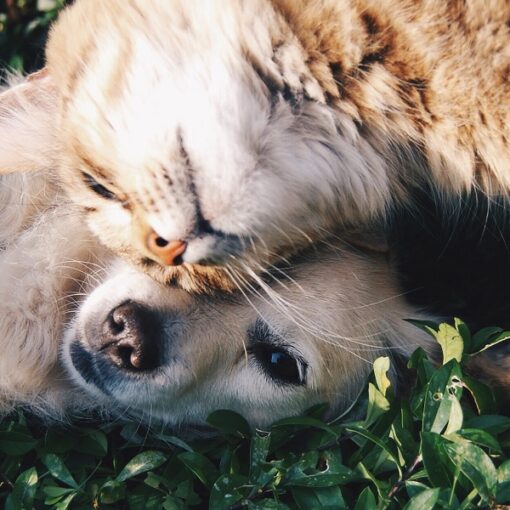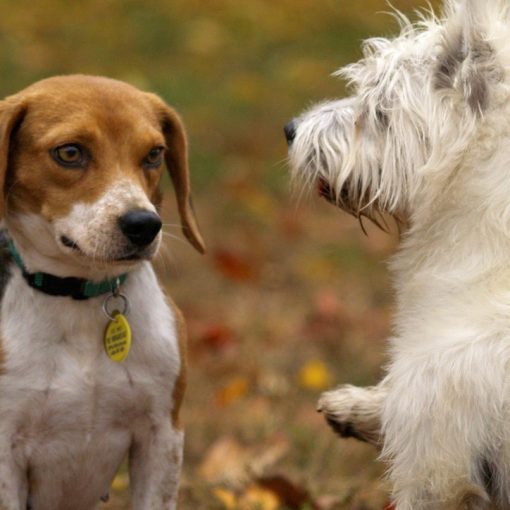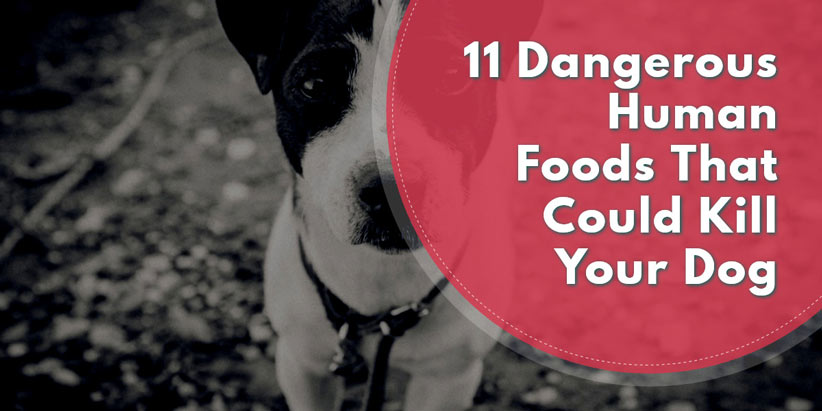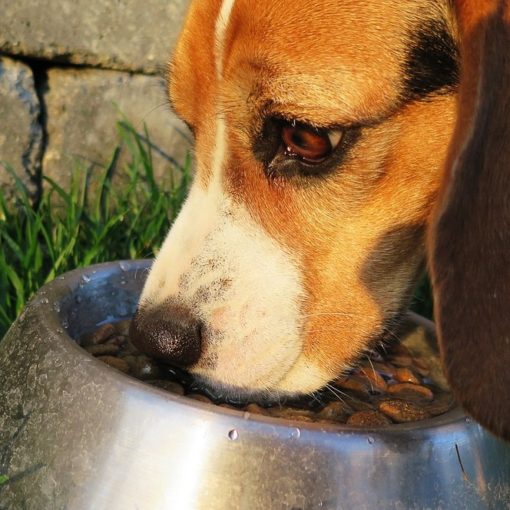It’s important to spend time bonding with your dog, and one of the best ways to do this is to take your dog out for a run. Running with your dog gives both of you time to burn off built up energy and enjoy the outdoors together. However, before you and your dog start training for a long distance run, there are a few things that you should keep in mind.
It’s a Marathon, Not a Sprint
Training to run long distance is a fun and exciting process, but you don’t want to push yourself too far, too fast. If you’re an experienced runner, you’ll need to give your dog time to build up its endurance before taking off at full speed. Don’t go any faster than a 10-minute mile pace and watch for any signs of exhaustion that your dog may display. You’ll also want to make sure that you limit your mileage for the first few weeks. Give your dog time to adjust to the distance and work your way up to longer distances at a comfortable pace.
If you’re a new runner, it will be a bit easier to hold back on those further runs – after all, you need to give your body time to adjust to the running too. Start at a slow pace (again, not any faster than 10-minute miles) and work on finding a comfortable running rhythm that works for both you and your dog. You’ll start by taking shorter runs (down to the end of your neighborhood and back), then work your way up as your muscles begin to adjust to the workout. Be sure to take time to cool down afterwards to limit the aching of your muscles during the first few weeks. A good way to accomplish this is to run one to two-tenths of a mile farther out and stop your run when you have about the same distance left before reaching your house. Use this distance to stretch your arms, legs, and let your breathing rate return to normal.
Hygiene is Important
You may already have an idea of how to care for yourself after you return from your run, but don’t forget to make the same considerations for your dog! If you’re running through a wooded area, you’ll need to check for thorns, ticks, and sharp seeds that can make their way into your dog’s coat after each run. You’ll also need to monitor your dog’s paws closely. They’ll need time to callous over before your dog is fully prepared for a long distance run. In the meantime, check them after every run to make sure they aren’t scuffed up. If they are, or you notice other signs of irritation, give your dog a few days to rest before going on your next run.
You’ll also need to start giving your dog baths more regularly. Working out consistently is sure to make your dog work up a sweat. Things will get stinky if you don’t shorten the time between baths and invest in a dog shampoo for smell.
You’ll Be Taking Time to Smell the Flowers…Lots of Flowers
Your dog is going to want to be able to take the time to explore the new environment they’re going to be in and learn all the new smells. It may be frustrating to stop frequently on your run, but is an important part of the experience for your dog. Smelling your route allows your dog to learn the way better and become more familiar with their new surroundings. Let your pup sniff out the trail during the first part of your run and encourage them to stay in the middle of the once you get farther in. This compromise will still allow them to be comfortable with their new surroundings, and allow you to get some consistent run time in.
Stay Hydrated
All the running and sweating you’ll be doing means you’ll need to be able to replenish your fluids during the middle of your run at least once. One of the best ways to do this is to examine your route carefully beforehand and make sure you mark out a path that has plenty of water fountains, ponds, and lakes on the way. If this isn’t possible, you’ll need to carry your water with you, either in a backpack or hand bottle. Be sure to take the time to look at reviews carefully before purchasing a product – you don’t want to get something that will be too heavy, bulky, or awkward to carry.
Have Reasonable Expectations
Your friend’s Labrador Retriever may be able to keep up with them on a 6-mile adventure, but that doesn’t mean your Cocker Spaniel will be able to do the same. Make sure your runs are something for your dog to look forward to by keeping your expectations for a long distance run reasonable.
Conclusion
You and your dog will have a wonderful time together as long as you keep these tips and guidelines in mind! Be sure to stay safe and have fun as you start your long runs together! After a long and exhausting run with your dog, you can relax and take some time off on a cheap hammock with a stand, which is a great way to take a nap with your dog, even if an apartment.
Author Bio:
Emma is the founder of HelloCutePup. As the owner of 3 dogs, Emma has had the pleasure of learning the ins and outs to becoming a pet owner. With years of experience working on training, at-home dog health care, and aesthetic maintenance, she has the real-world experience that every pet owner is looking for. She is an avid blogger who enjoys giving realistic tips and tricks to help dog owners understand their pet’s personalities and to help pets easily become a part of the family.






